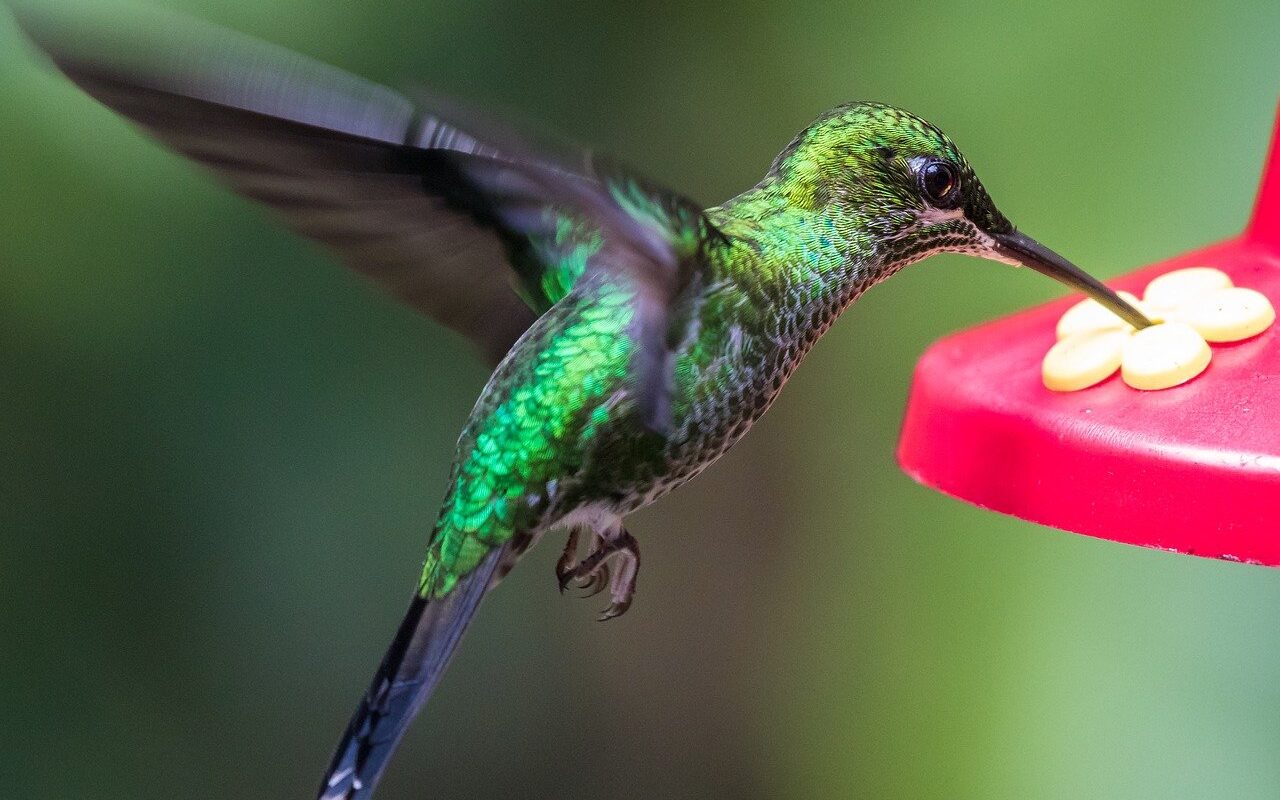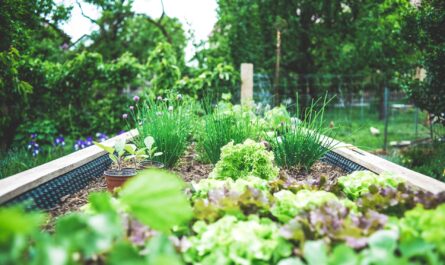Each March, when we are at the market in Caseville, Michigan, someone brings up the topic of the best Oriole feeder and when the Hummingbirds and Orioles will show up on their migration north. I’ll admit that there are many hummingbird and oriole fans in Michigan’s Upper Thumb. We look forward to seeing these migratory visitors show up each spring as a sign of warmer days ahead in the summer months.
What We Will Cover
Hummingbird Spring Migration Map 2024
Attract Baltimore Orioles & Hummingbirds Each Season
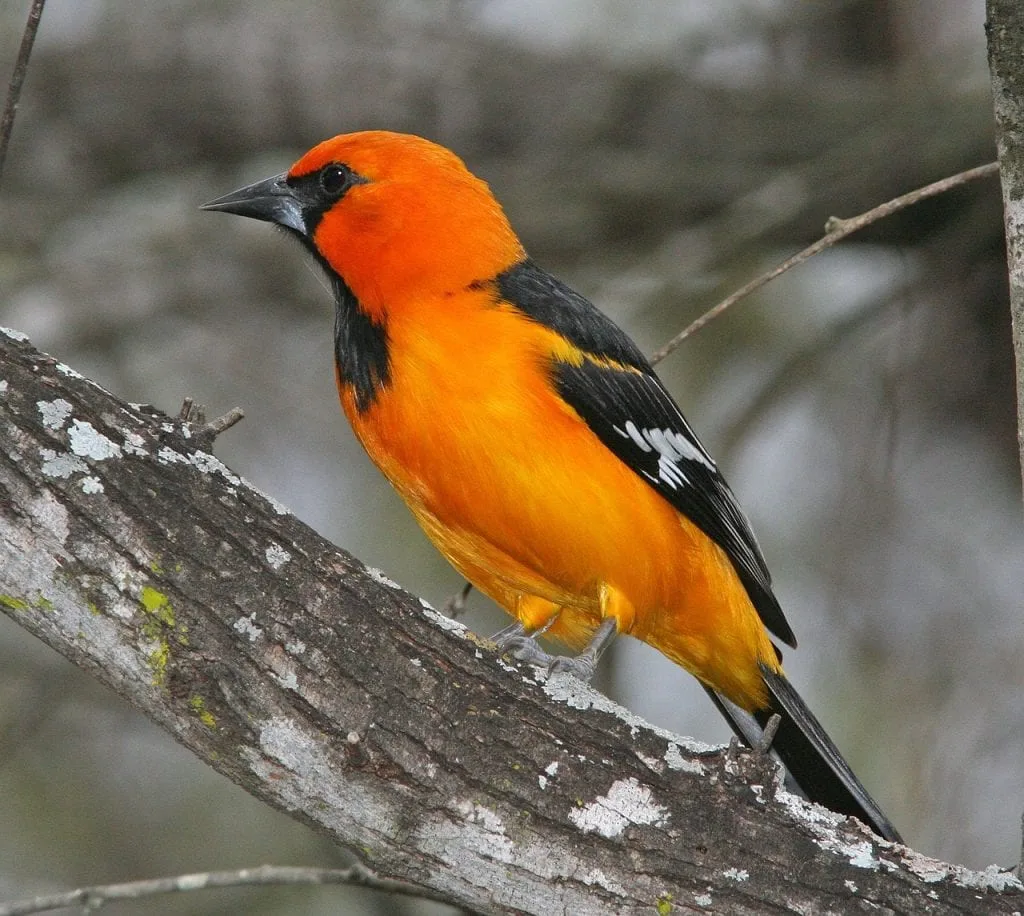
The robins make their way here about mid-March to feast on insects and worms emerging from the frozen earth. The next anticipated migratory birds to swoop in on the scene are the Ruby-throated Hummingbird and Baltimore Oriole. After spending the winter in Mexico, Cuba, and Central America, these migratory birds make their way to the Great Lakes by mid-April.
With a bit of persistence, you can attract hummingbirds and Orioles to your cottage within a few weeks and enjoy this colorful resident for the entire summer season.
Best Oriole Feeders Are Colorful, In A Quiet Spot, and Set-Up Early
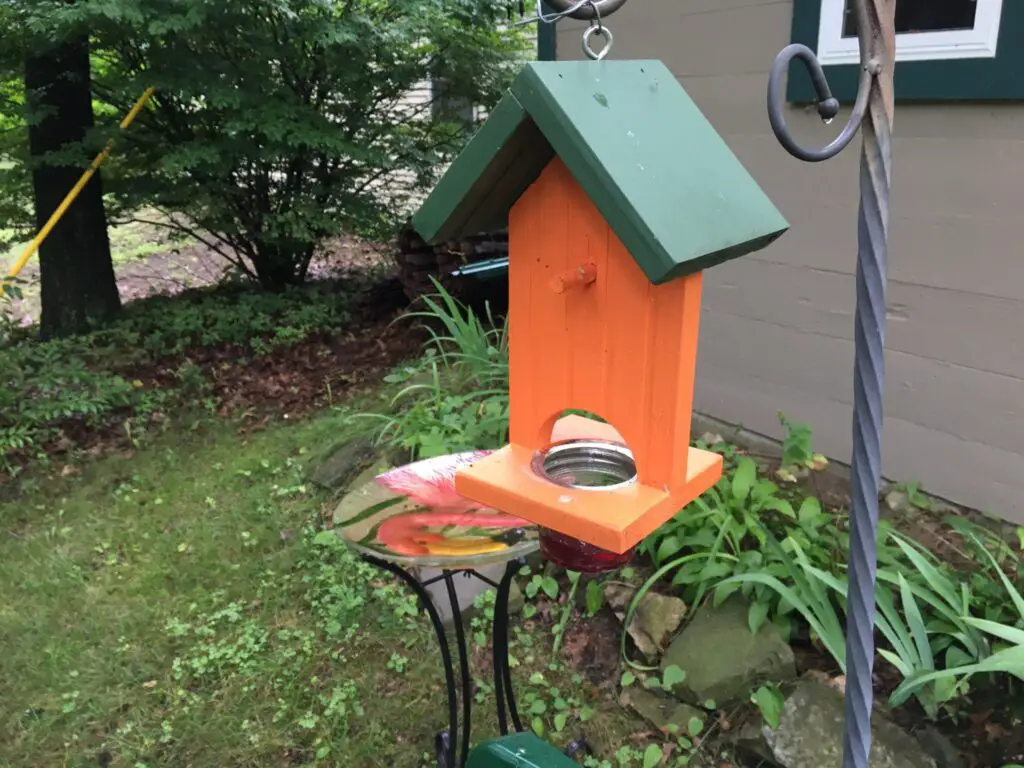
Orange Is the New Black – Orioles are attracted to bright, vibrant orange. We made a homemade classic oriole feeder pictured here of scape wood and painted it a bright orange color. We used small Ball canning jars to make jelly cups. We found that having an orange or bright red feeder draws the birds in for the feast. Set a fresh sliced orange half in shallow water to make an ant moat that will discourage ants. Replace the oranges daily. If you see mold, clean out the feeder. Mold can be harmful to the birds.
Set Up Feeders Early in the Season – We think Orioles have a great memory and hummingbirds are demanding. One early spring we noted that the hummingbirds were buzzing us until the feeder was placed. Placing your feeders out early will catch the early arrivals and may turn those passing through to seasonal residents.
Keep Oriole Feeders Out in the Open – We have seen the most active oriole feeder posted in the open areas in the middle of the yard. Orioles will fly in, take a sip or two of the sweet nectar, then fly off to a nearby perch to finish up, preen and do it again. The best practice is to keep feeders away from busy play areas, picnic tables, and pet areas. A quiet place with a bright orange oriole feeder will draw in these finicky feeders.
Plant Flowers – The most effective way to attract nectar-hungry like orioles and hummingbirds to your backyard is to plant flowers they would seek as they forage. Consider planting bright blooms such as peonies. Other hummingbird favorites include bee balms, columbines, daylilies, petunias, and zinnias.
Oriole Food – If You See an Oriole Nest, Switch to Bugs
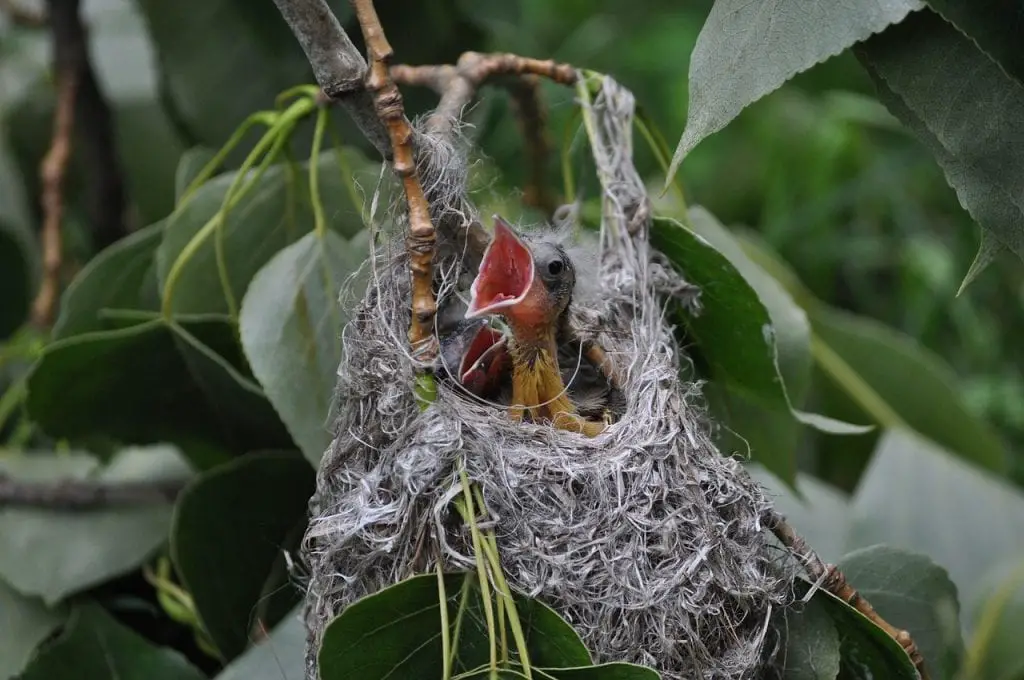
Mealworms – If you are lucky enough to see one of the small sack-like nests in your yard, change up your variety of foods to a mid-summer diet to mealworms. In the spring, the birds crave the sweetness from fruit nectar after their long migratory flight north. Once breeding and nesting season starts, they will begin to seek out insects. Mealworms are one of the top picks for great high-protein food that will build them up for their fall flight south.
Leave Oriole Nests in Place – The bird won’t reuse the nest from last year, but they will reuse the material. Orioles will set their nests out on slender green twigs to discourage predators. We found nests in small trees about six feet off the ground. Experts suggest offering lengths of twine or horsehair. Sadly we have seen small spreads of plastic wrap incorporated in a nest.
Fruit Feeders – A small tray feeder on top of a pole is all you need for a nice oriole fruit feeder. Set out new orange and even apple slices every day. Watch as other wild birds, such as woodpeckers and Blue-Jays, will also be attracted to various offered fruits.
Create a Bird Spa
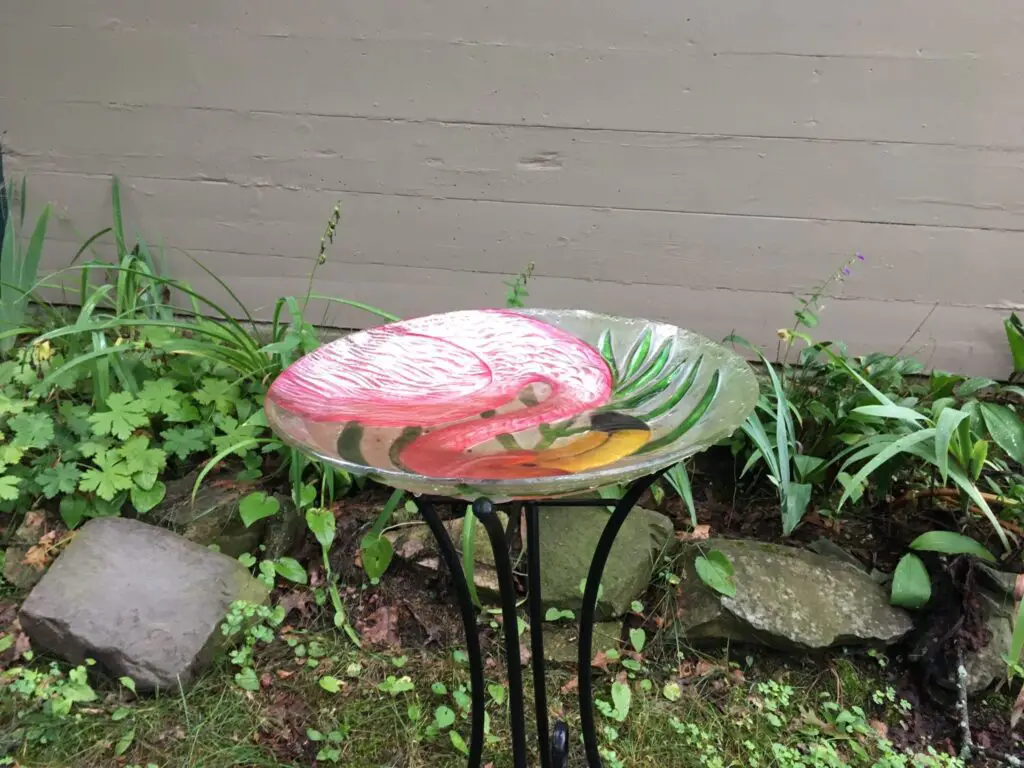
Water – Orioles are attracted to shallow moving water. Pick a shallow basin and add a small pump or bubbler to keep the water moving. Change the bath weekly or when you see crud or droppings. Placing a few oriole feeders near a birdbath will also help to attract orioles.
Place Oriole Feeders Away from You – Baltimore Orioles are typically shy. They do not like a lot of traffic from humans or animals. Try to locate your feeder in an open area where it can be seen from the air and treetops. Consider separating oriole and Hummingbird feeders away from other bird food stations in your yard. Placement in a high branch or on top of a pole is ideal. We have placed one feeder on a tree outside our kitchen window with great success.
Multiple Hummingbird Feeders – If you are successful in drawing in the small birds, consider placing several nectar feeders in close proximity. While Orioles are territorial, it’s common to see hummingbirds and Orioles share the same set of feeders.
Hummingbird Food Tips
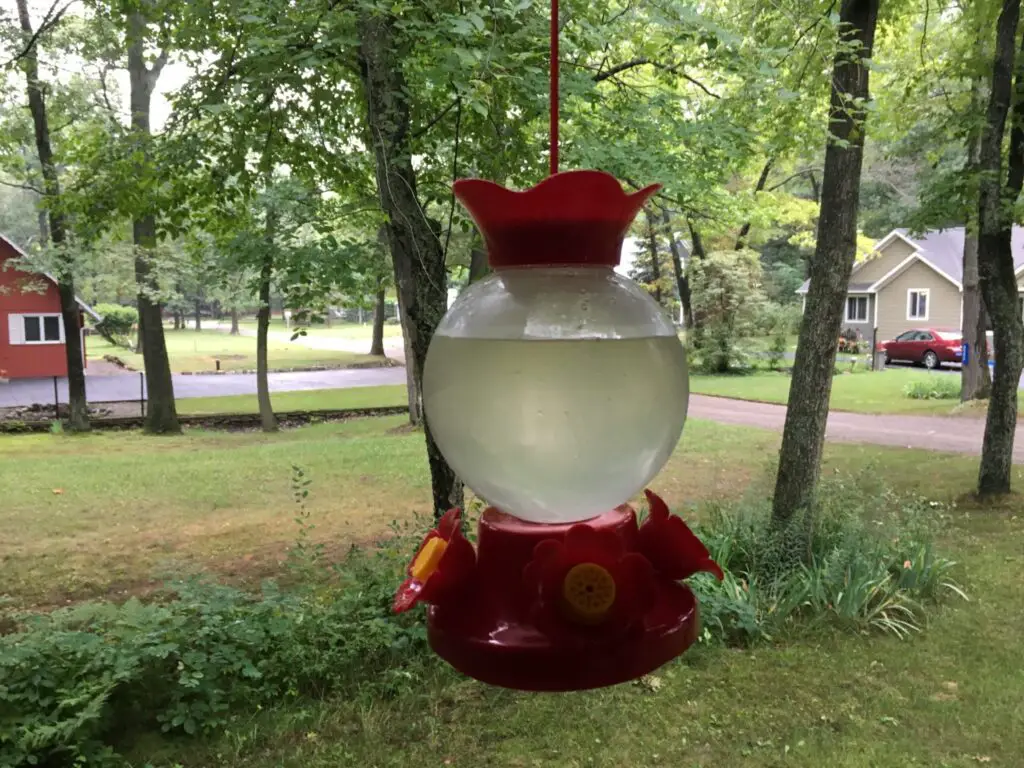
Offer Clear Sugar Solution for Oriole Nectar – We use the same recipe for both orioles and hummingbirds. Add one cup of sugar to four cups of boiling water. Stir the sugar water and let cool. This will make 32 oz of a high-quality nectar solution. Refrigerate the unused portion. Never use food coloring. For Orioles, some experts recommend diluting the sugar water to eight parts water to 1 part sugar.
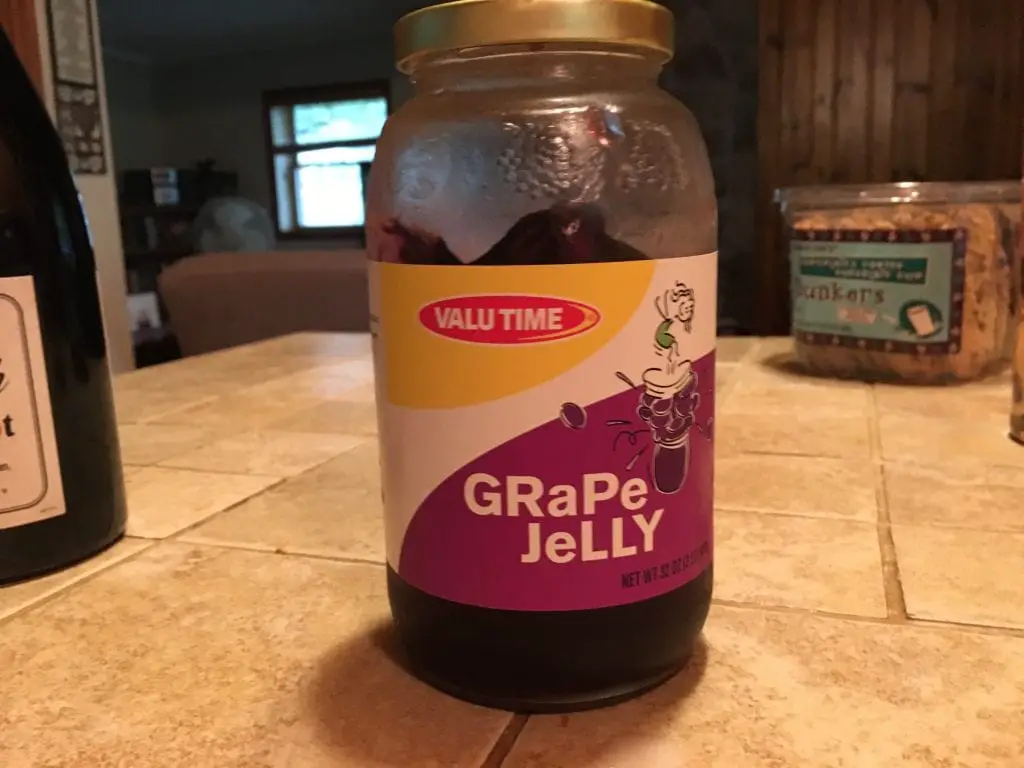
Grape Jelly Feeder – A favorite alternative to sugar solution is a small oriole jelly feeder using grape jelly or orange marmalade. A couple of tablespoons in a secure dish for a jelly feeder is like ringing the dinner bell. You may see some aggressive behavior by the hungry Orioles as they vie for feeding rights. Hummingbirds will also visit a jelly station. Experts suggest mixing a bit of water into the jelly.
Clean Feeder Means Healthy Birds – If you see black mold form in and around your feeder, take it in and wash it out. Make sure the feeder ports are not blocked. This advice is especially true for hummingbird feeders. For quick, easy cleaning, use a soft brush and rinse thoroughly. The sweet nectar will draw in ants and other critters. We found to make an ant guard hang the feeders away from trees on a shepherd’s hook with a hanging chain or wire. A best practice is not letting the nectar level get down to where other insects can get into the feeder ports.
Baltimore Orioles Will Chase Away Hummingbirds – Orioles are territorial and will go to any bright-colored feeder that offers nectar. The best solution is to cover several hummingbird feeders minus any perch to avoid the problem. Hummingbirds also have issues with Woodpeckers, but they infrequently feed and thus tend to be not a huge problem. Hummingbirds can coexist with other birds if enough feeding spots are around.
FAQs About Oriole Feeders
What is the best way to attract Baltimore Orioles to your yard?
Orioles are attracted to bright, vibrant orange, so setting up a homemade feeder in a quiet spot with a fresh orange half in shallow water can draw them in. Planting bright blooms like peonies, bee balms, and petunias can also help attract nectar-hungry birds.
When should you set up bird feeders to attract early arrivals during migration season?
Placing your feeders out early in the season can catch early arrivals and turn those passing through to seasonal residents. Orioles have a great memory, and hummingbirds are demanding, so setting up feeders in mid-April can help draw them to your yard.
What should you do if you see black mold forming in your feeder?
Take in the feeder and wash it out with a soft brush, making sure the ports are not blocked. This advice is especially true for hummingbird feeders, and for quick, easy cleaning, rinse thoroughly with a hose. To deter ants, hang the feeder away from trees on a shepherd’s hook with a hanging chain or wire.
Will hummingbirds use an oriole feeder?
Hummingbirds may use an oriole feeder, but it’s not their preferred type of feeder. Oriole feeders typically have larger openings for the birds to access nectar, which can be difficult for hummingbirds to use. Additionally, orioles prefer to eat fruit in addition to nectar, while hummingbirds primarily feed on nectar. Using a specifically designed hummingbird feeder to attract these birds to your yard is best.
Where should oriole feeders be placed?
Oriole feeders should be placed in a quiet spot that is away from busy play areas, picnic tables, and pet areas. It’s best to keep feeders out in the open and away from any obstacles that may prevent the birds from accessing the feeder. Orioles will fly in, take a sip or two of the sweet nectar, then fly off to a nearby perch to finish up, preen, and do it again. Consider placing your oriole feeder on a high branch or on top of a pole to provide the birds with a clear view and easy access to the feeder.
Related Articles About Baltimore Oriole Feeders
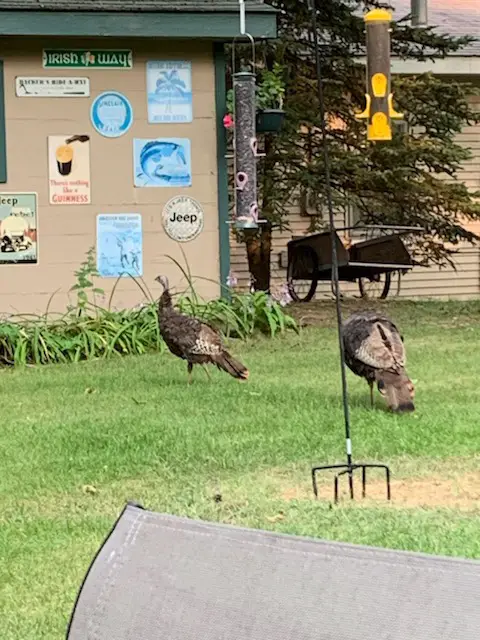
- Tundra Swans Migrate through the Thumb – The tundra swan passes through the Thumb region on their migration routes. Shortly after ice thaws, hundreds to sometimes thousands of tundra swans can be seen resting in Great Lakes marshes. The Saginaw Bay area is considered one of the best sites to see a tundra swan migration stop, a migration that takes them approximately 4,200 miles.
- 11 Tips On How to Attract Orioles to Your Yard This Summer – The ability to attract backyard orioles to your home is fun and easy. April and May are big bird months in the Great Lakes region. The ubiquitous robins will have shown up and been around since mid-March and are starting to feast on insects and worms emerging from the frozen earth. The next anticipated migratory bird to swoop in on the scene is the Baltimore oriole. The most anticipated visitor is the hummingbirds in early May. Here are the best tips to keep these colorful birds near your yard well into the late summer.
- Put Out Winter Feeders, But Beware Of Sick Birds – This year, Michigan is experiencing a rare irruption – a sudden, sharp increase of a natural population due to favorable environmental changes – of northern finches. Common redpolls, pine siskins, and evening grosbeaks have arrived in record numbers searching for cone and seed crops across the state. Now that Michigan winter weather has set in, you can watch these seasonal songbirds flock to your outdoor bird feeders.
- 7 Michigan Bird Feeder Types Every Cabin And Cottage Birder Must Know – We will cover the 7 basic bird feed types you can make on your own or are available at our local stores. With a review of the type of birdseed, each is perfect. We bet you can’t pick just one.
- Tundra or Trumpeter Swan Near Oscoda? – You Decide – Amy from Oscoda spotted a swan paddling along the shoreline. The swan was dodging the ice along the beach along Lake Huron. She sent us these pictures and asked to confirm if they were of a Tundra Swan. Tundra swan sightings are fairly common along Saginaw Bay during migration, but this is January.

